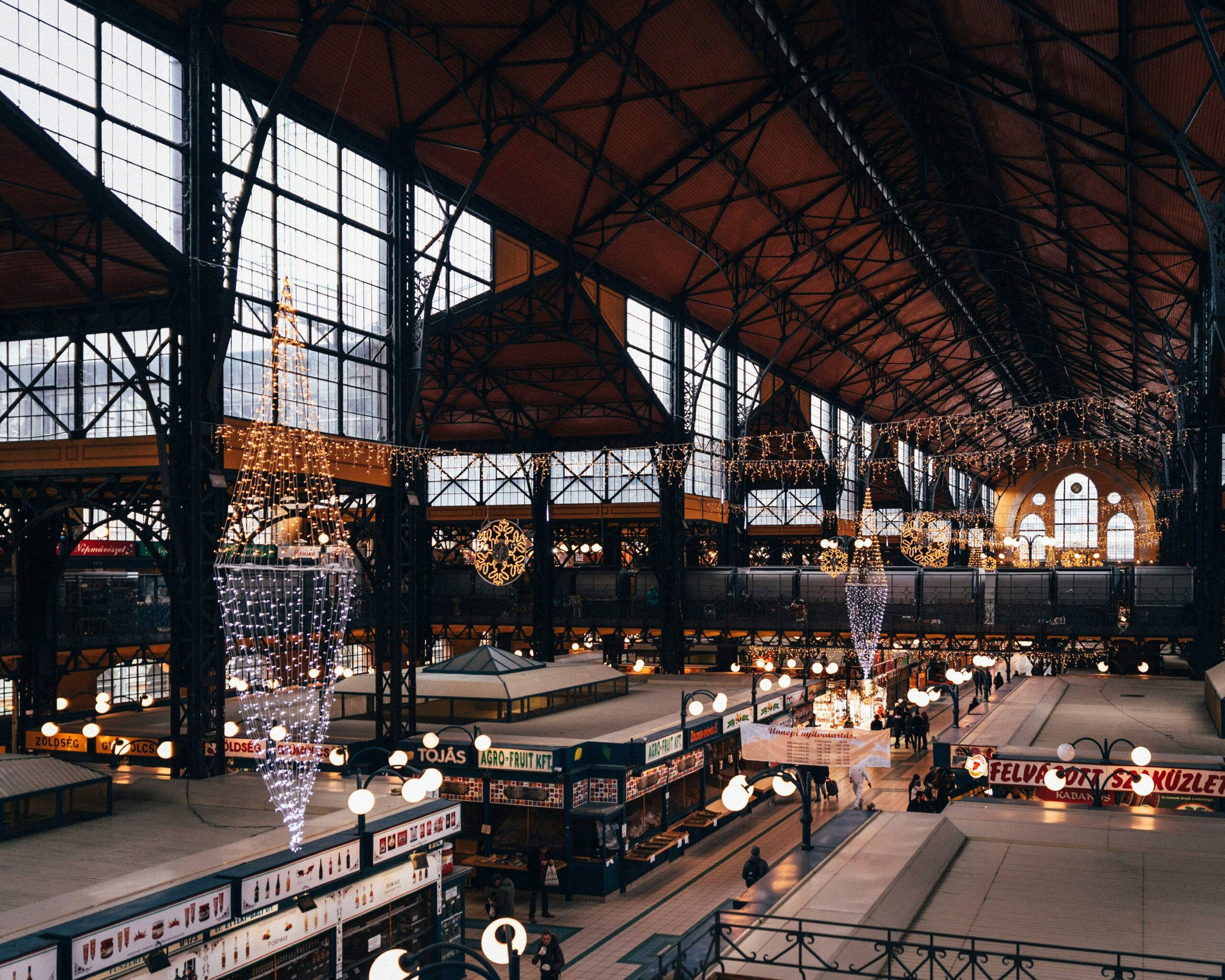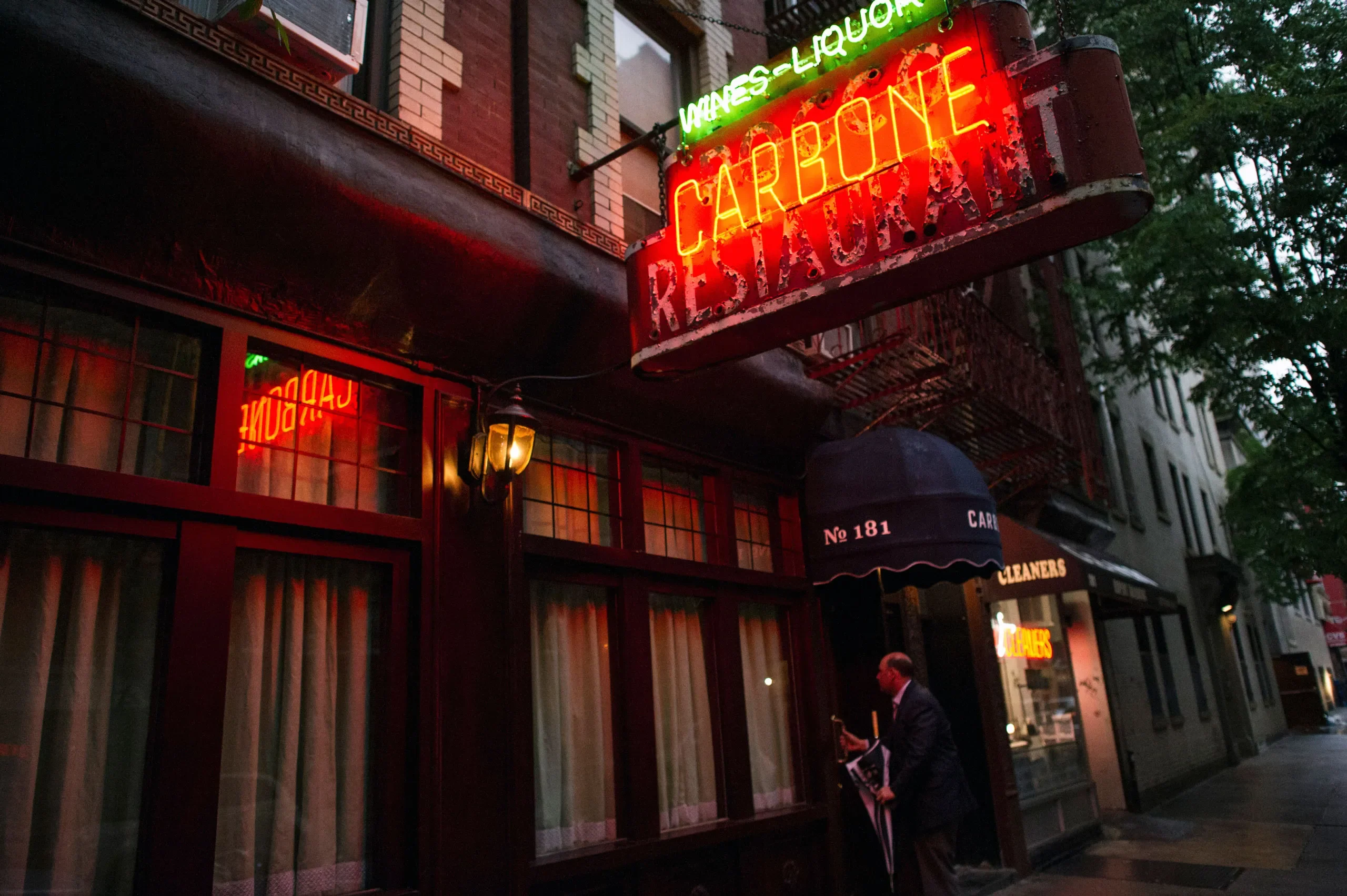
7 Unique Christmas Traditions Around the World

NationalGeographic

There’s no definitive way to celebrate Christmas. To some, it’s pretty much a secular holiday dedicated to gorging on good food, giving special attention to friends and family, or rebelling against capitalism by refusing to partake in commercialized rituals. Depending on one’s culture, Christmas holds different meanings and offers an opportunity to honor unique pasts, mythologies, and traditions.
From a global perspective, Christmas is open to anyone who wants to indulge in bright lights, gift-giving, and the 800-year-old mythos of St. Nicholas, who was beloved for distributing presents on his feast day, December 6, as far back as 1200 A.D.
That spirit of conviviality and brotherhood has been translated into diverse traditions, from Santa arriving by boat to speaking Spanish and traveling with “six to eight black men.” In Central America, they celebrate with fireworks and festive marches; in Scandinavia, they keep ancient Pagan traditions alive. To celebrate the Yuletide this year, take a tour of the world’s unique Christmas traditions.
1. Philippines – Ligligan Parul (or Giant Lantern Festival)
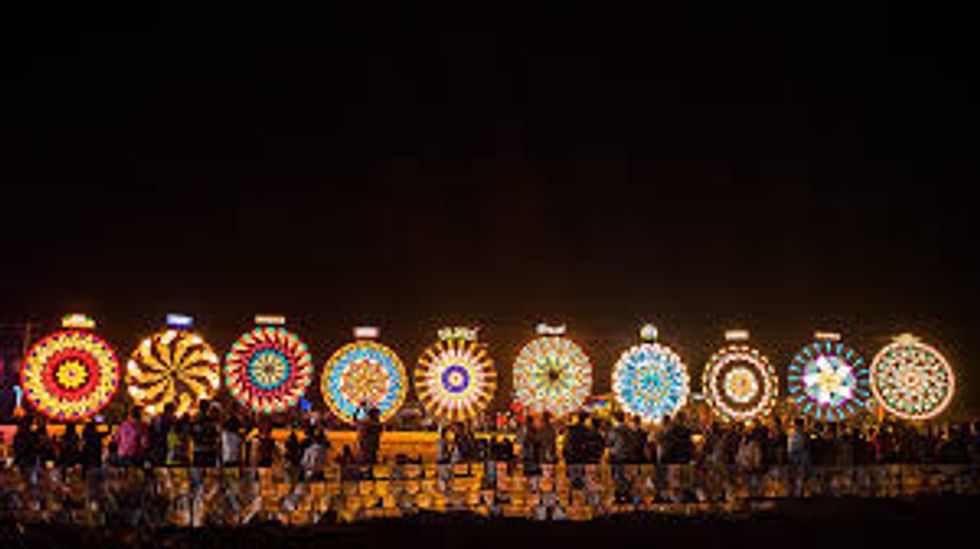 Rappler
Rappler
San Fernando is considered the “Christmas Capital of the Philippines.” Every year, the city hosts a massive lantern festival with each parol (lantern) symbolizing the Star of Bethlehem. They’ve been celebrating the festival since 1931, when electricity was first introduced to the city. The colorful and intricately designed lanterns are made from steel, cardboard, foil, and over 5,000 light bulbs. The light signifies hope for the future.
2. Sweden – Yule Goat
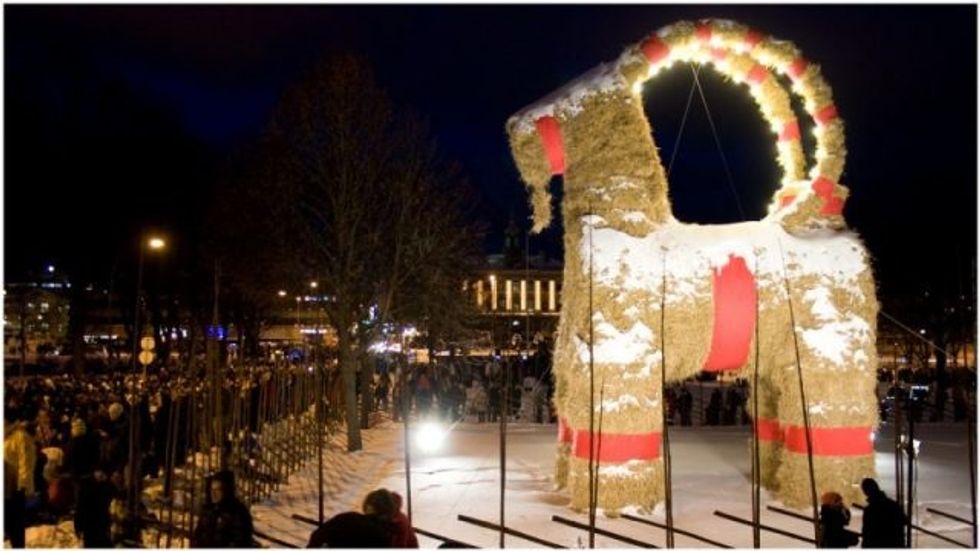 VintageNews
VintageNews
As a symbol of Christmas, the Yule Goat is believed to be a holdover from ancient Pagan celebrations of the Norse god Thor, who in some myths flies through the sky on a chariot drawn by two goats. In Sweden, people traditionally construct small goat ornaments for their trees, while some communities create one giant structure in the center of the city. The city of Gävle, for instance, has been erecting a giant straw goat every December since 1966. Unfortunately, it’s sometimes burned down by vandals, but that hasn’t stopped Christmas lovers from building the statue on each year’s day of advent (late November or early December). They call it the Gävle Goat, and it’s over 42 feet high, 23 feet wide, and weighs 3.6 tons; if you can’t make it to Sweden, you can even watch a livestream of it!
3. Japan – “Kurisumasu ni wa kentakkii!” (Kentucky for Christmas!)

Christmas is not a national holiday in Japan (after all, less than 1% of citizens identify as Christian). Still, for the past few decades Japanese culture has embraced secular Christmas, with some thinking of Christmas Eve as a more commonly celebrated day of romance which is spent exchanging gifts with your partner. In fact, some have compared it to America’s celebration of Valentine’s Day! Still, Christmas trees and strings of lights adorn cities as festive decorations. More than anything, the most common Christmas Day ritual is to enjoy KFC! It’s the busiest day of year for KFC restaurants in Japan, largely thanks to a phenomenally successful campaign in 1974 to market Kurisumasu ni wa kentakkii!” or “Kentucky for Christmas!” The custom is so popular that some families order their KFC meals months in advance.
4. Iceland – 13 Yule Lads
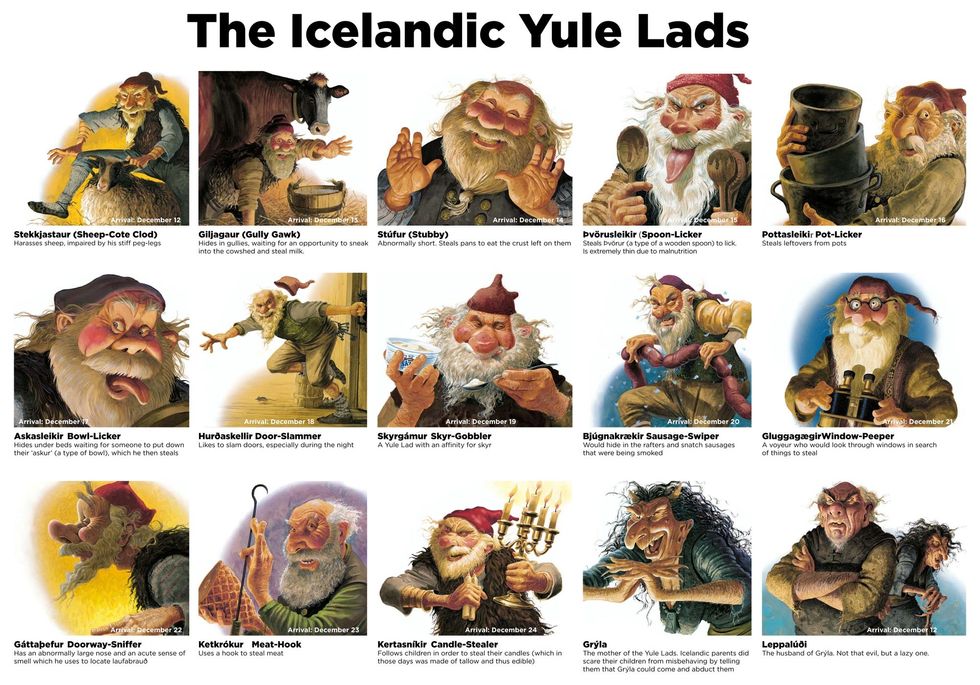 Iceland
Iceland
In Icelandic folklore, the 13 sons of Gryla, a type of “ogress” who is “part troll and part animal,” are mischievous pranksters who visit children’s homes on Christmas. Depending on how good the child has been that year, they leave candies and small gifts in children’s shoes, which are left on their window sills before going to bed. If a child has been bad, their shoes are filled with rotten potatoes. Apparently, there’s also a giant Christmas Cat who stalks around the city and will eat anyone who doesn’t follow the custom of receiving a new piece of clothing for Christmas.
5. Finland – Animal Christmas!
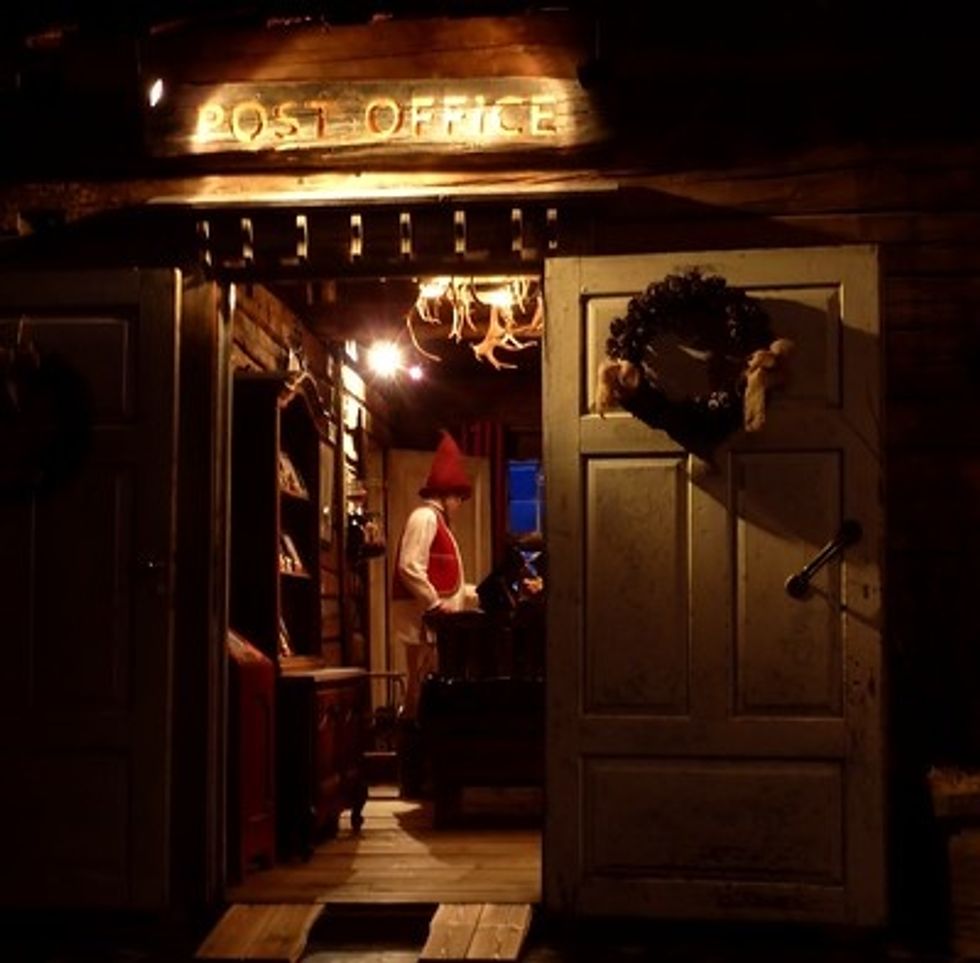 WhyChristmas
WhyChristmas
In Finland, the largest Christmas celebration takes place on Christmas Eve. The evening includes a familiar visit from Santa Claus, who kindly knocks on the door and gives gifts to all the children who have been good that year. Families often end the night with a refreshing sauna. More wholesome, however, is the tradition of giving animals their own Christmas, which consists of giving them treats and special attention to celebrate the holiday.
6. Austria – Beware of Krampus
The antithesis of the benevolent Santa, Krampus is the demon-like Christmas creature who kidnaps children if they’ve been bad, putting them in his sack and whisking them off to his lair. Based on the German word krampen, meaning “claw,” Krampus is said to be the son of Hel in Norse mythology. But the folklore inspires a festive tradition in Austria, Germany, Hungary, Slovenia, and the Czech Republic: “Krampuslaufampuslauf—a Krampus Run of sorts, when people are chased through the streets by the ‘devils'”–usually drunken men dressed in costume. Merry Christmas!
7. The Netherlands – “Six to Eight Black Men”
David Sedaris – Six To Eight Black Menyoutu.be
When writer David Sedaris traveled to The Netherlands, he enjoyed the people, the language, and culture, but he struggled to wrap his head around the large discrepancies between how Americans celebrate Christmas and Dutch holiday traditions. The major celebration is held on St. Nicholas’ Eve, December 5. Sinterklaas (which is where English-speakers get the name “Santa Claus” from) lives in Spain 11 months out of the year, but in December he travels by steamboat to The Netherlands to visit as many Dutch children as possible. He travels with Zwarte Pieten (“Black Peters”), an indeterminate number of assistants who’ve been called “servants” in the past; but, as Sedaris notes, that’s a politically fraught term to use in recent years, so they’re now seen as “just good friends.” On Christmas Eve, children leave their shoes out overnight for Sinterklaas to fill with sweets and presents–but if they’ve misbehaved, the tradition says, Sinterklaas throws them into his sack (and maybe kicks them around a bit) before taking them back to Spain for an entire year, so they can learn to behave.
- 6 to 8 black men
- austria
- carnegie hall
- christmas
- christmas around the world
- christmas markets
- christmas rituals
- christmas traditions
- david sedaris
- finland
- history christmas
- history santa claus
- holidays
- holidays 2019
- iceland
- icelandic mythologies
- japan
- japanese holidays
- krampus
- mythologies
- origins santa claus
- pagan rituals
- paganism
- philippines
- santa claus
- sweden
- the netherlands
